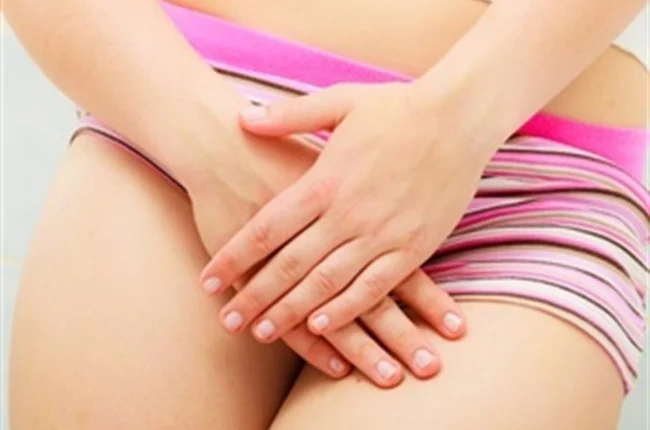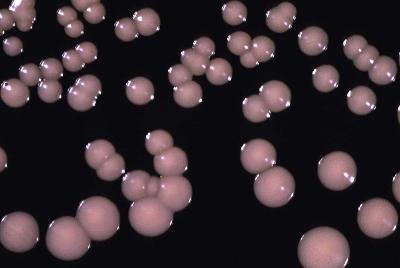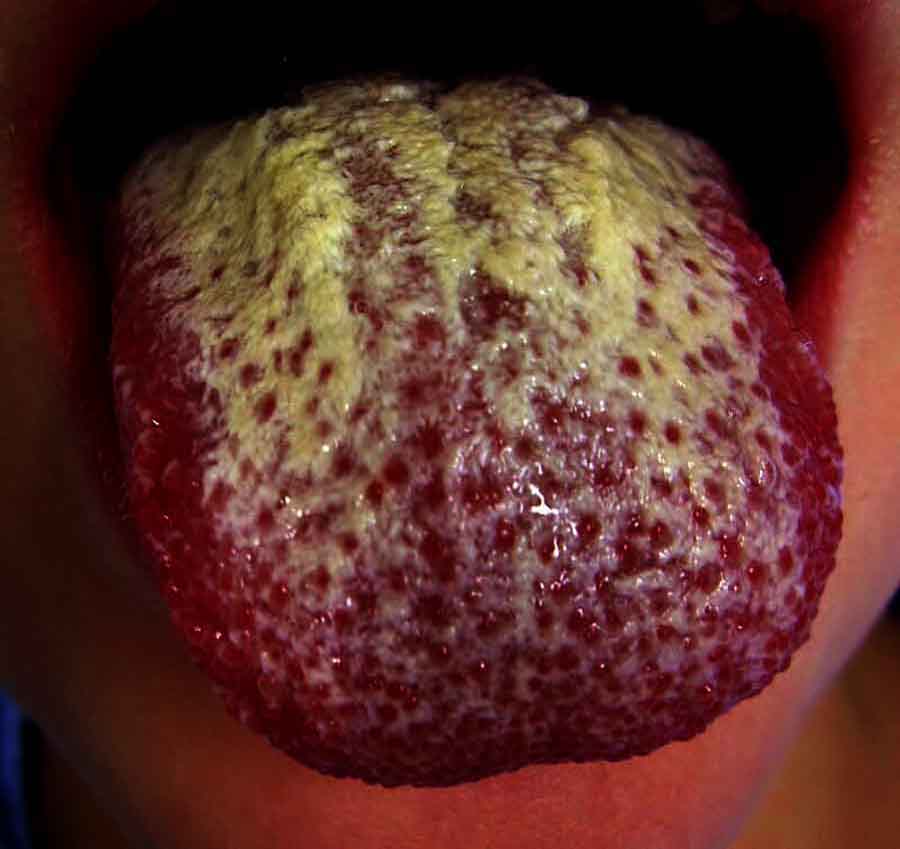
This is emphasized as a sever condition that affects a significant number of women worldwide and, at times, some men, with varying degrees of discomfort and impact on quality of life. This article therefore sheds more light on what a vaginal yeast Infection is all about.
What is Candidiasis?
Candidiasis refers to infections caused by yeast of the Candida species, most commonly Candida albicans. These infections can affect various parts of the body, including the mouth (oral thrush), skin, nails, and genital areas (vaginal yeast infections). Understanding the causes, symptoms, treatment options, and natural remedies for candidiasis is essential for effectively managing and preventing this widespread condition.

Causes of Vaginal Yeast Infection
Candidiasis occurs when there is an overgrowth of Candida yeast, typically Candida albicans, which is naturally present in the body in small amounts. Factors that can contribute to this overgrowth include:
1. Antibiotic Use: Antibiotics can disrupt the balance of bacteria in the body, allowing Candida to multiply unchecked.
2. Immune System Weakness: Conditions that weaken the immune system, such as HIV/AIDS, diabetes, and autoimmune disorders, increase the risk of candidiasis.
3. Hormonal Changes: Pregnancy, hormone therapy, and oral contraceptives can alter hormone levels and increase susceptibility to yeast infections.
4. Poor Diet: Diets high in sugar and refined carbohydrates can promote yeast overgrowth.
5. Environmental Factors: Warm and moist environments, such as sweaty clothing or wet swimwear, create favourable conditions for yeast growth.

Symptoms of Candidiasis (Vaginal Yeast Infection)
The hallmark symptoms of vaginal yeast infections include vaginal itching, burning, and irritation, often accompanied by a thick, white, cottage cheese-like discharge. Dyspareunia (pain during intercourse) and vulvar erythema may also be present. Symptoms can vary in severity and duration, typically worsening just before menstruation.
The symptoms of candidiasis vary depending on the site of infection:
1. Oral Candidiasis (Thrush): white patches on the tongue, inner cheeks, roof of the mouth, and throat. Soreness, redness, and difficulty swallowing may also occur.
2. Genital Candidiasis (Vaginal Yeast Infection): Itching, burning, and irritation of the vagina and vulva. Thick, white, cottage cheese-like vaginal discharge. Pain or discomfort during sexual intercourse and urination can also be present.
3. Cutaneous Candidiasis: Red, itchy rash with satellite lesions (smaller patches surrounding the main rash) in skin folds (e.g., under breasts, groin area).
Treatment of Vaginal Yeast Infection
Treatment of candidiasis typically involves antifungal medications, which can be administered orally, topically, or intravenously, depending on the severity and location of the infection.
1. Antifungal Creams and Suppositories: Over-the-counter or prescription topical treatments such as clotrimazole, miconazole, or terconazole are commonly used for vaginal yeast infections.
2. Oral Antifungal Medications: Fluconazole, itraconazole, and voriconazole are examples of systemic antifungal agents prescribed for severe or recurrent infections.
Natural Remedies and Adjunct Therapies for Vaginal Yeast Infection
Some individuals may find relief from candidiasis symptoms using natural remedies and lifestyle modifications. These include:
– Probiotics: Probiotic supplements or foods like yoghurt containing live cultures can help restore the balance of beneficial bacteria in the gut and vagina, potentially reducing yeast overgrowth.
– Dietary Changes: Avoiding sugar, refined carbohydrates, and alcohol can starve yeast and support a healthy immune system. Including more fibre-rich foods and lean proteins may also help.
– Coconut Oil: Applied topically or used in cooking, coconut oil has antifungal properties that may help combat Candida.
– Tea Tree Oil: Diluted tea tree oil can be used topically as a natural antifungal agent, but caution should be exercised due to its potential for skin irritation.
– Garlic: Consuming garlic, which has natural antifungal properties, may help inhibit the growth of Candida.
Can vaginal yeast infection (candida) be prevented?
Preventing candidiasis involves maintaining good hygiene practices, avoiding unnecessary antibiotic use, managing underlying medical conditions that weaken the immune system, and adopting a balanced diet low in sugar and high in fibre and probiotics.
Take note;
Candidiasis is a common fungal infection that can affect various parts of the body, leading to discomfort and complications if left untreated. While conventional antifungal treatments are effective, natural remedies and lifestyle adjustments can complement medical therapy and support overall health. By understanding the causes, symptoms, treatment options, and preventive measures, individuals can effectively manage candidiasis and reduce the risk of recurrent infections.
For advert and content publication what’s app Xylose Magazine on 0574170347


